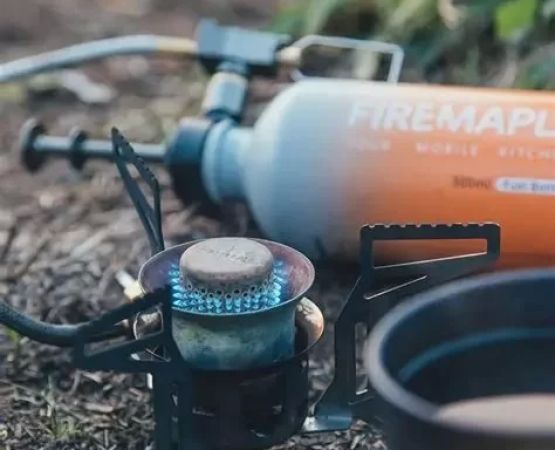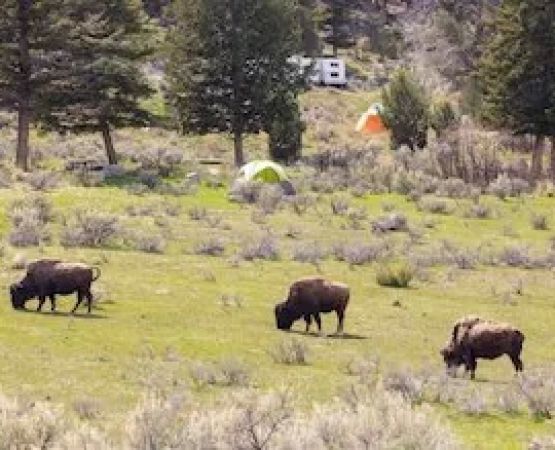- 1 - Understanding Wilderness Permits and Regulations
- 2 - Why Permits Are Essential for Conservation
- 3 - Common Types of Wilderness Permits
- 4 - Real Stories of Permit Regulations in Action
- 5 - How to Prepare for an Adventure in Wilderness Areas
- 6 - Trusted Resources for Wilderness Travelers
1. Understanding Wilderness Permits and Regulations
Anyone planning on Exploring Wilderness Areas: Permits and Regulations must recognize that these rules are designed to balance human adventure with environmental protection. Permits are not just bureaucratic paperwork—they are a tool to manage visitor numbers, reduce human impact, and protect fragile ecosystems. Whether you are hiking, camping, or fishing, knowing the requirements before you set out prevents fines, trip disruptions, and ecological harm.
Different regions have their own regulations, so research is essential. Some areas may require daily visitor limits, while others might enforce strict rules about campfire use or waste disposal. Respecting these rules ensures both your safety and the preservation of nature.
2. Why Permits Are Essential for Conservation
Permits exist to protect the land. For example, popular wilderness destinations can easily suffer from overcrowding, leading to trail erosion, wildlife disturbances, and littering. By issuing permits, park authorities regulate the number of visitors allowed in sensitive zones at any given time.
This system is particularly important for habitats that are home to endangered species. With proper regulation, visitors can enjoy breathtaking landscapes while ensuring that wildlife continues to thrive undisturbed. Permits also serve as a way to educate travelers about conservation rules before entering protected areas.
3. Common Types of Wilderness Permits
When Exploring Wilderness Areas: Permits and Regulations, you’ll find that different activities often require different permits. Backpacking and overnight camping usually require backcountry permits, which specify where you can set up camp and for how long. Some parks also require day-use permits to limit visitor numbers during peak seasons.
Fishing and hunting permits are another layer of regulation, designed to protect species populations. Special activity permits may also apply if you plan to organize group events, film productions, or guided tours within wilderness areas.
4. Real Stories of Permit Regulations in Action
In 2022, a popular hiking trail in the U.S. was temporarily closed after excessive traffic caused severe soil erosion and damaged native plants. Once the permit system was tightened and visitor numbers reduced, the trail slowly began to recover. This real-world example illustrates how permits are more than rules—they are tools for long-term environmental restoration.
On a positive note, one traveler shared how applying for a permit to a restricted canyon allowed them to experience the landscape in solitude, without crowds. The regulation not only protected the canyon but also enhanced the quality of their adventure.
5. How to Prepare for an Adventure in Wilderness Areas
Preparation begins with understanding the specific permits required for your chosen destination. Always apply early, as popular sites often reach their visitor quotas months in advance. Once you have your permit, familiarize yourself with local rules regarding campfires, food storage, and waste disposal.
Carrying eco-friendly gear and practicing Leave No Trace principles go hand-in-hand with permits. This preparation ensures your trip is not only legal but also sustainable, preserving the environment for future explorers.
6. Trusted Resources for Wilderness Travelers
Navigating the world of wilderness permits can feel overwhelming at first. That’s why having reliable resources is crucial. At Pine Cliff Resort, you’ll find guidance on outdoor planning, eco-friendly gear, and support for making your wilderness trip safe, enjoyable, and environmentally responsible. With the right preparation and respect for regulations, every journey into nature can be both inspiring and protective of the planet.
Ultimately, Exploring Wilderness Areas: Permits and Regulations is not about restrictions—it’s about creating harmony between people and nature, ensuring wilderness remains wild for generations to come.






